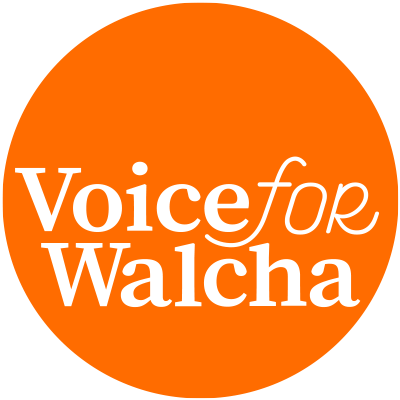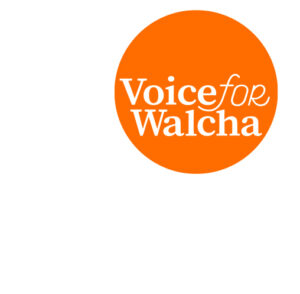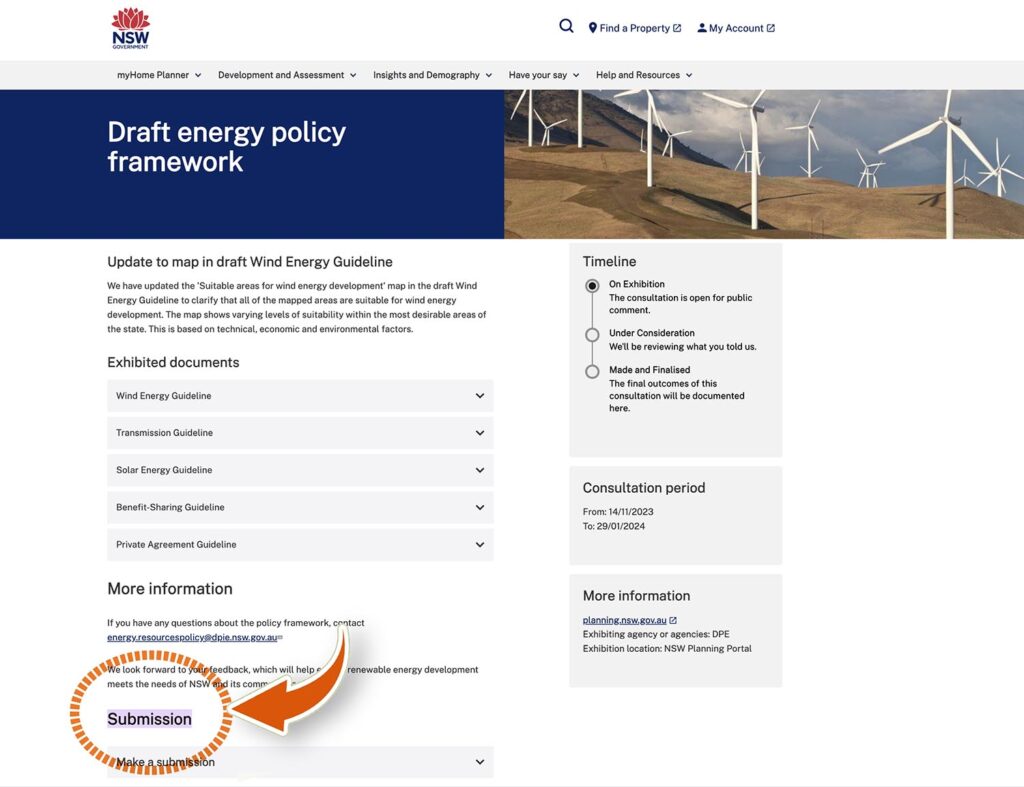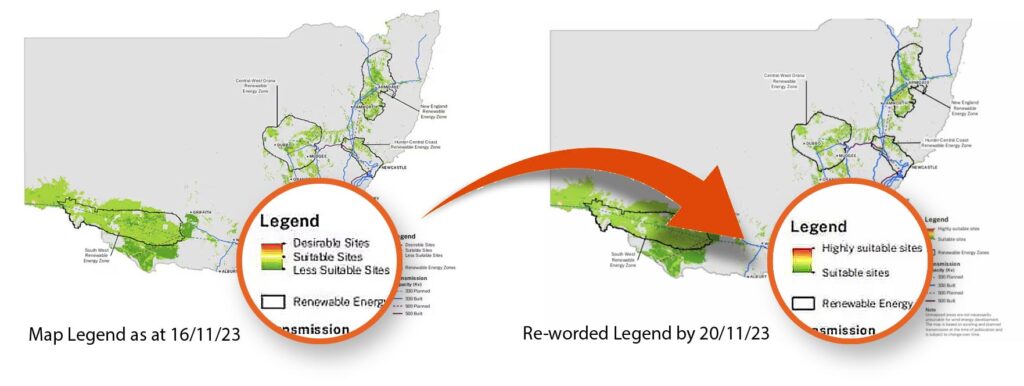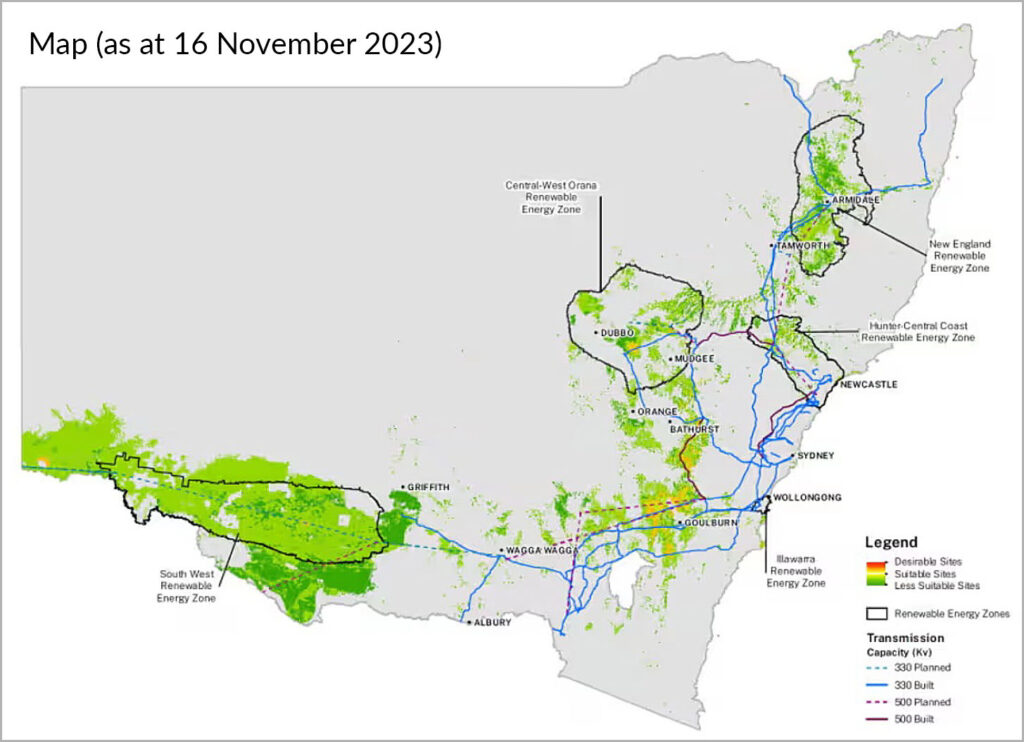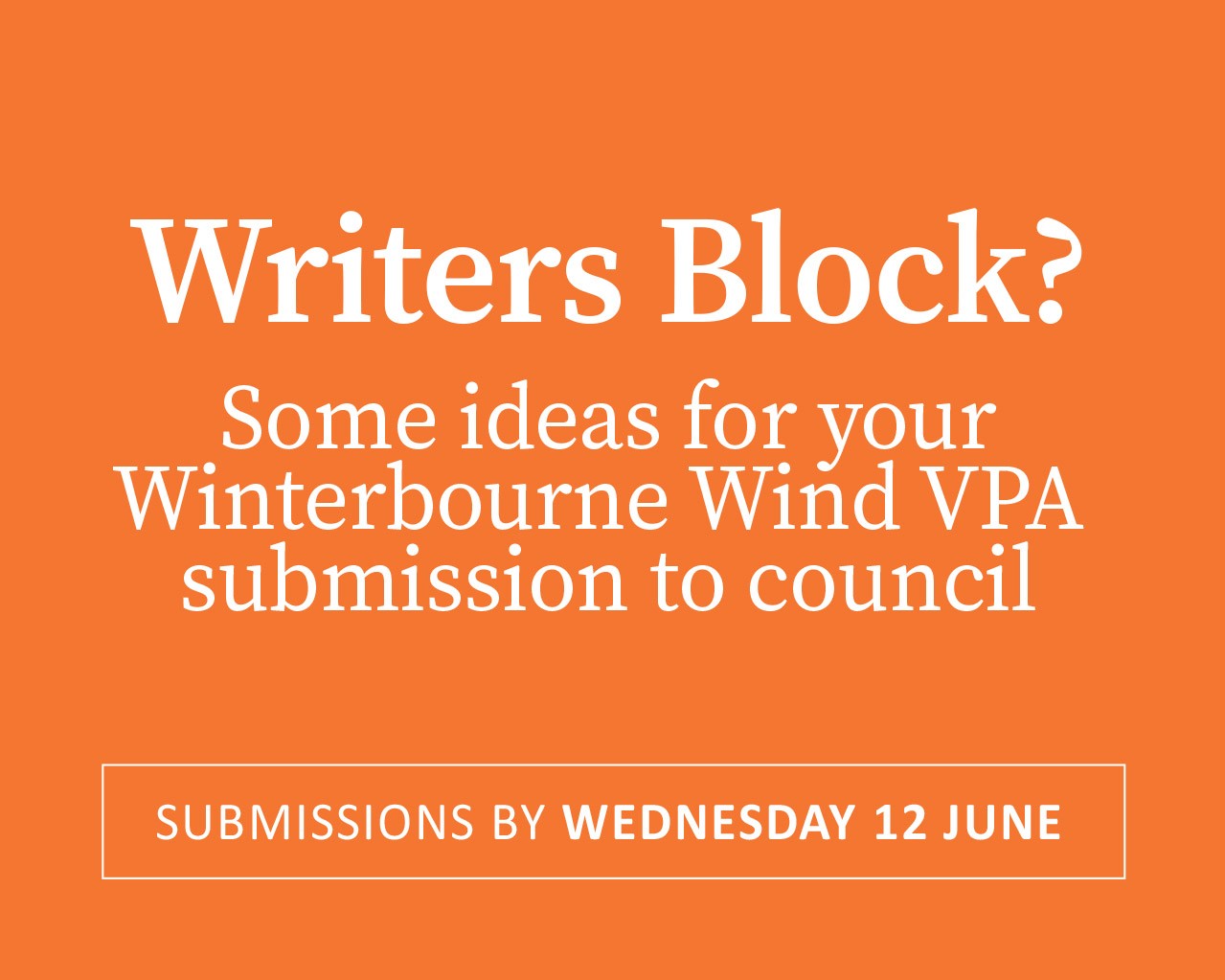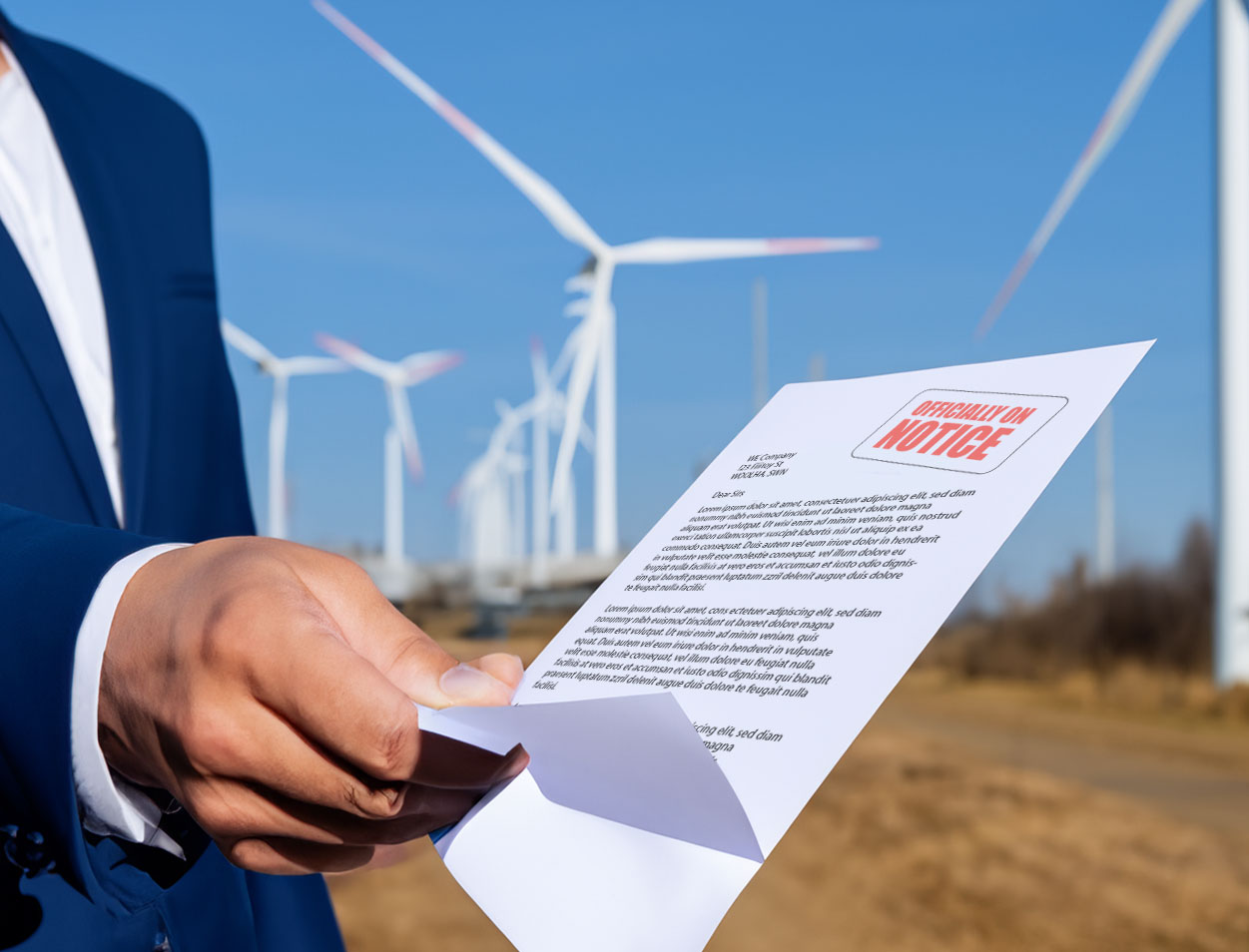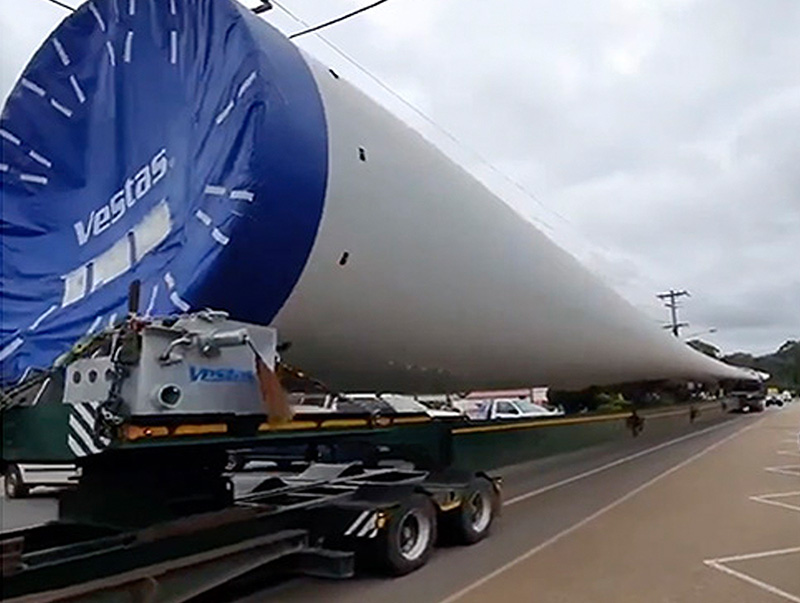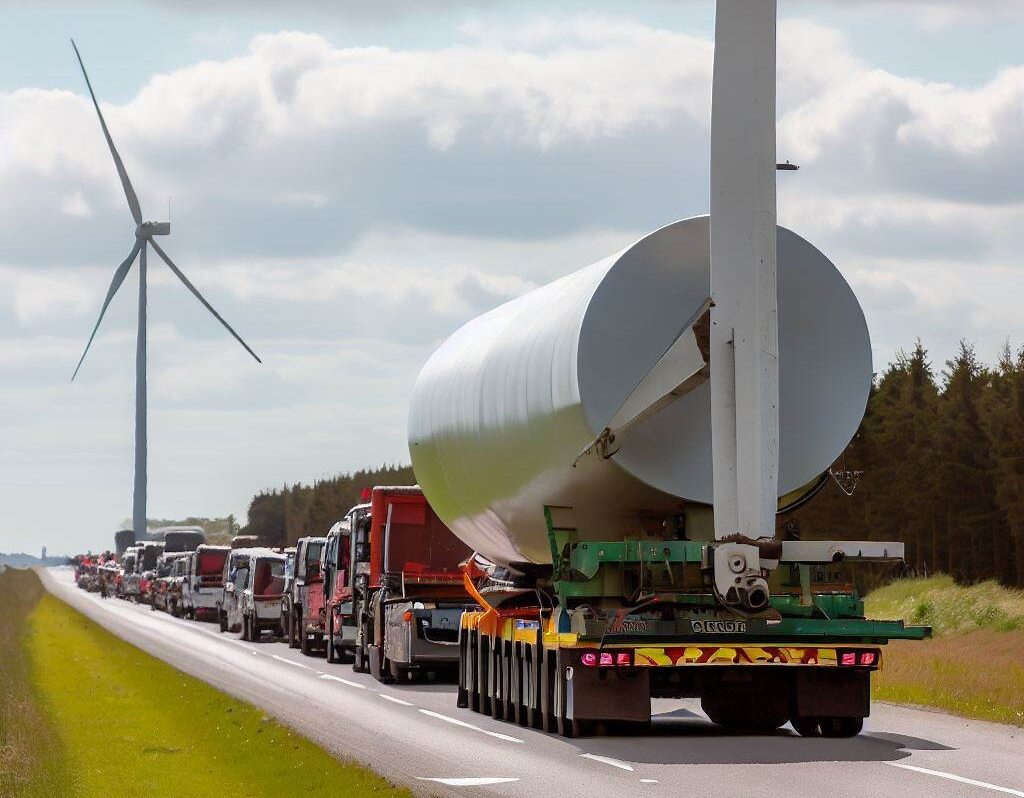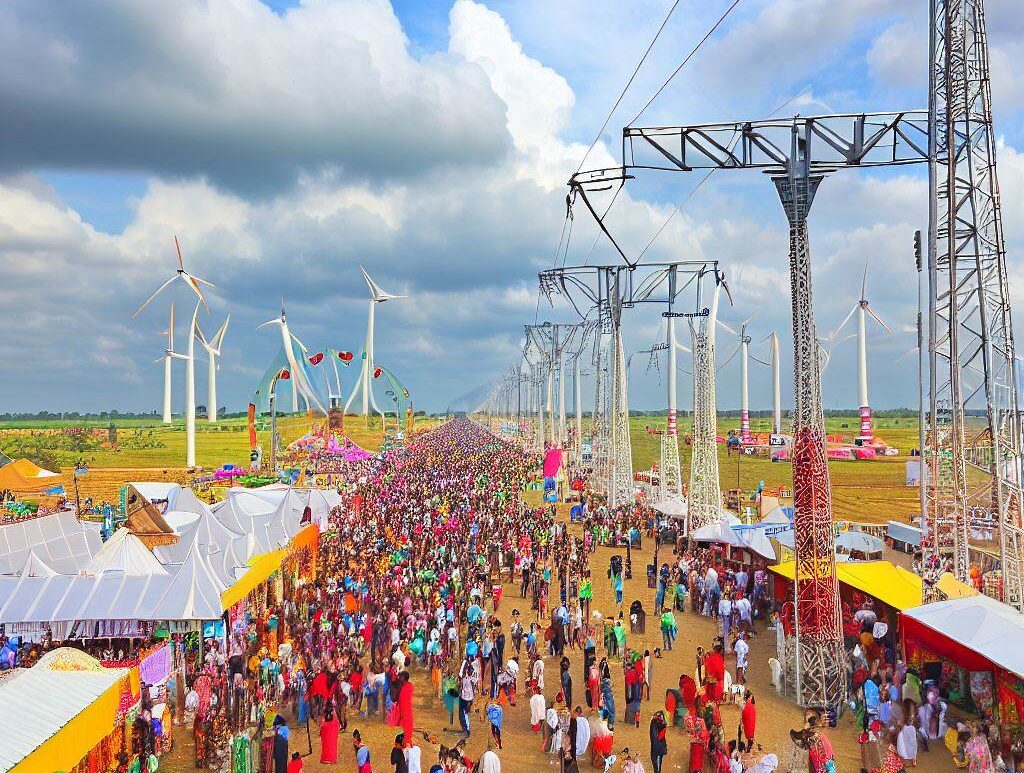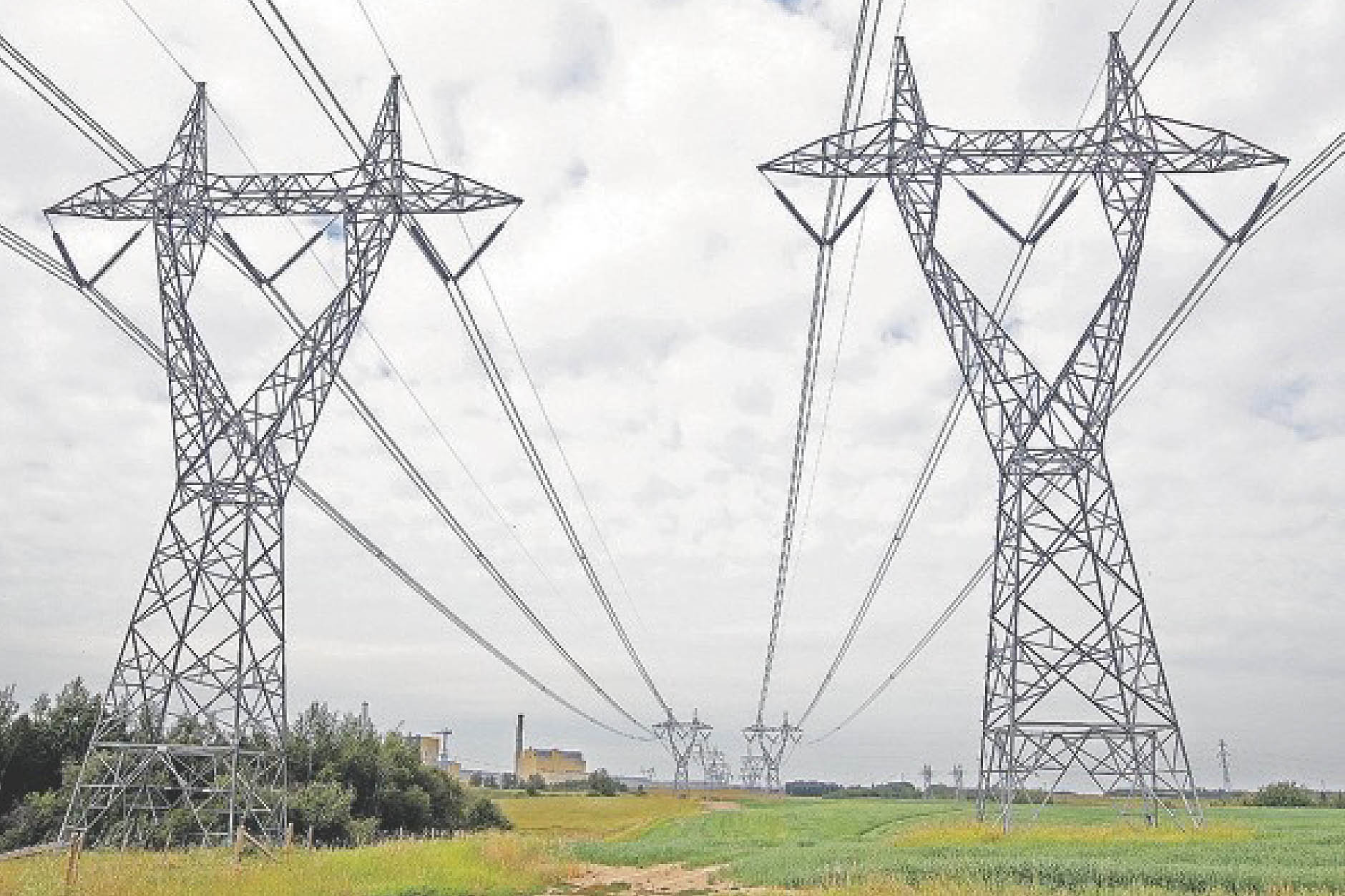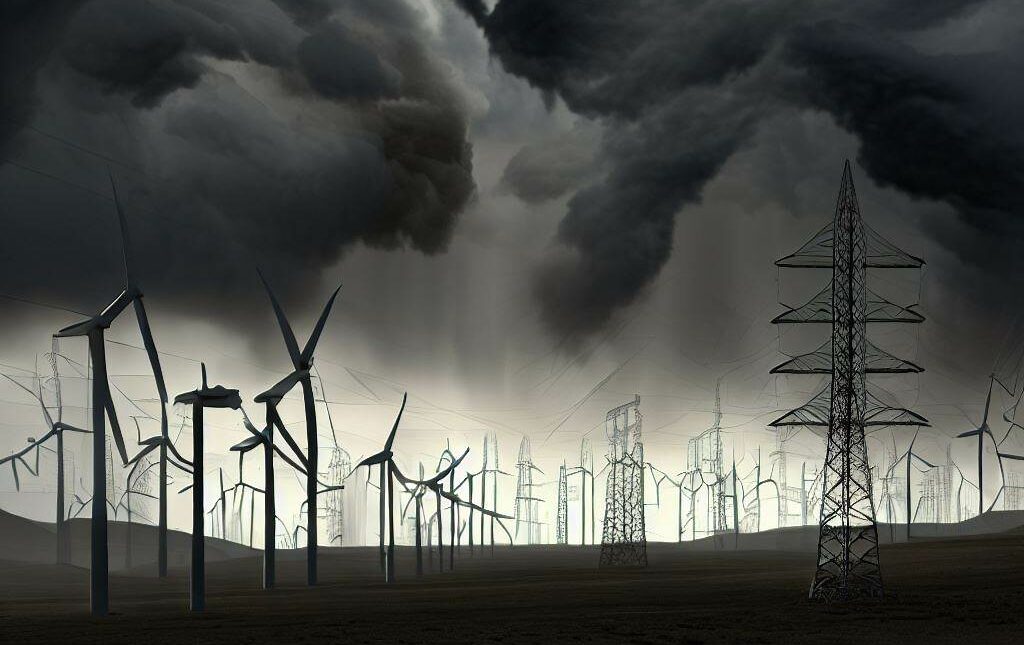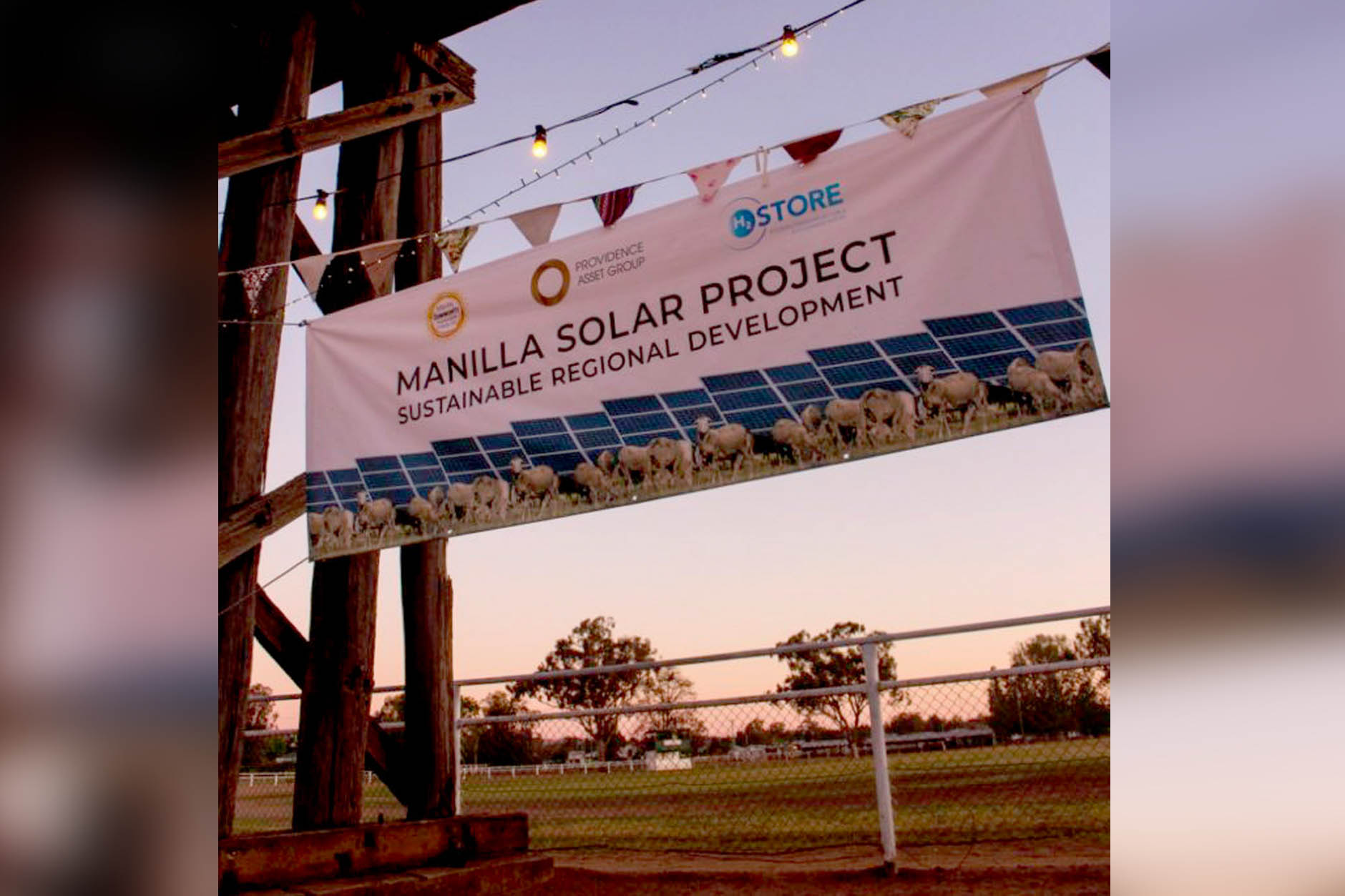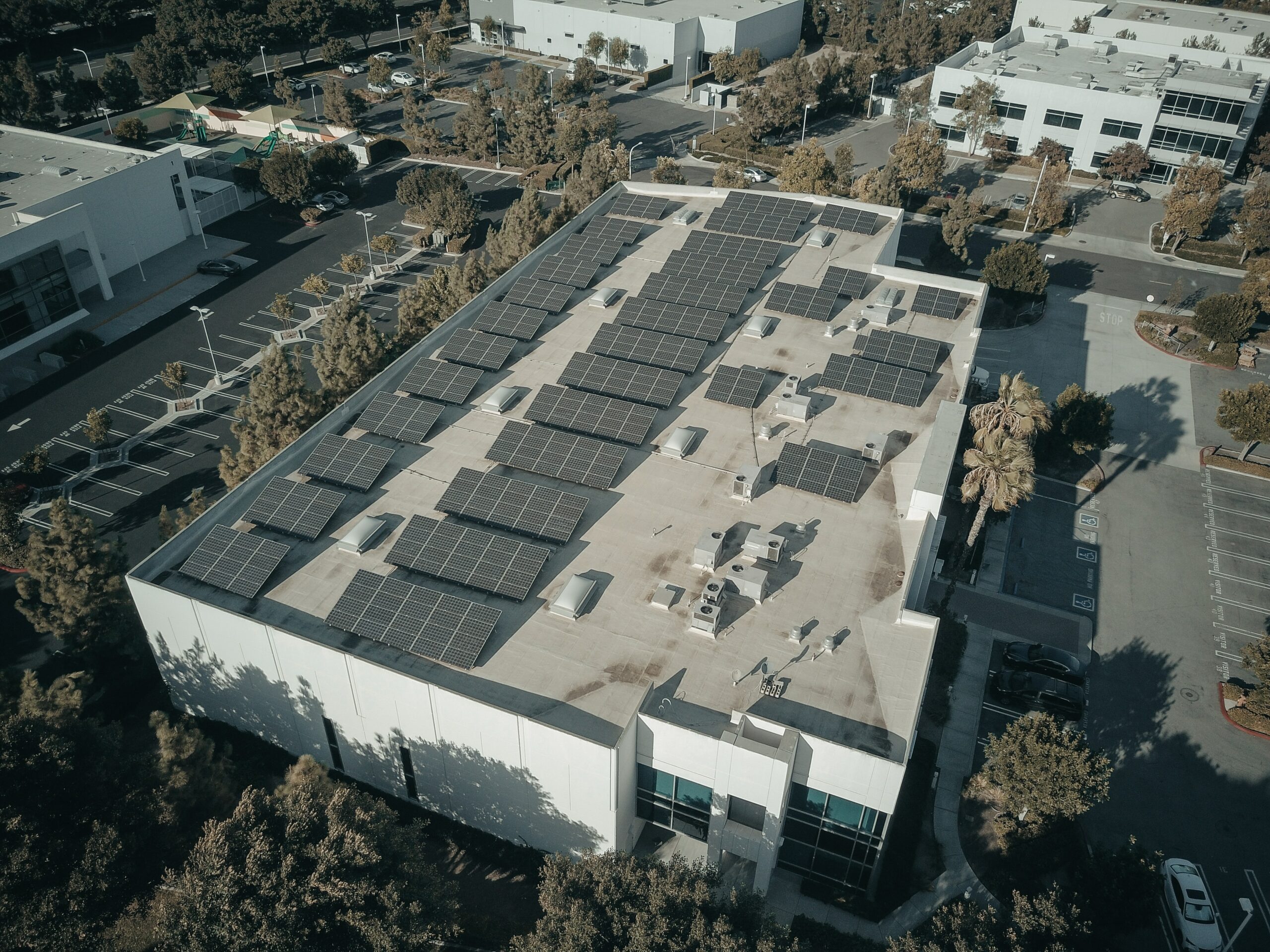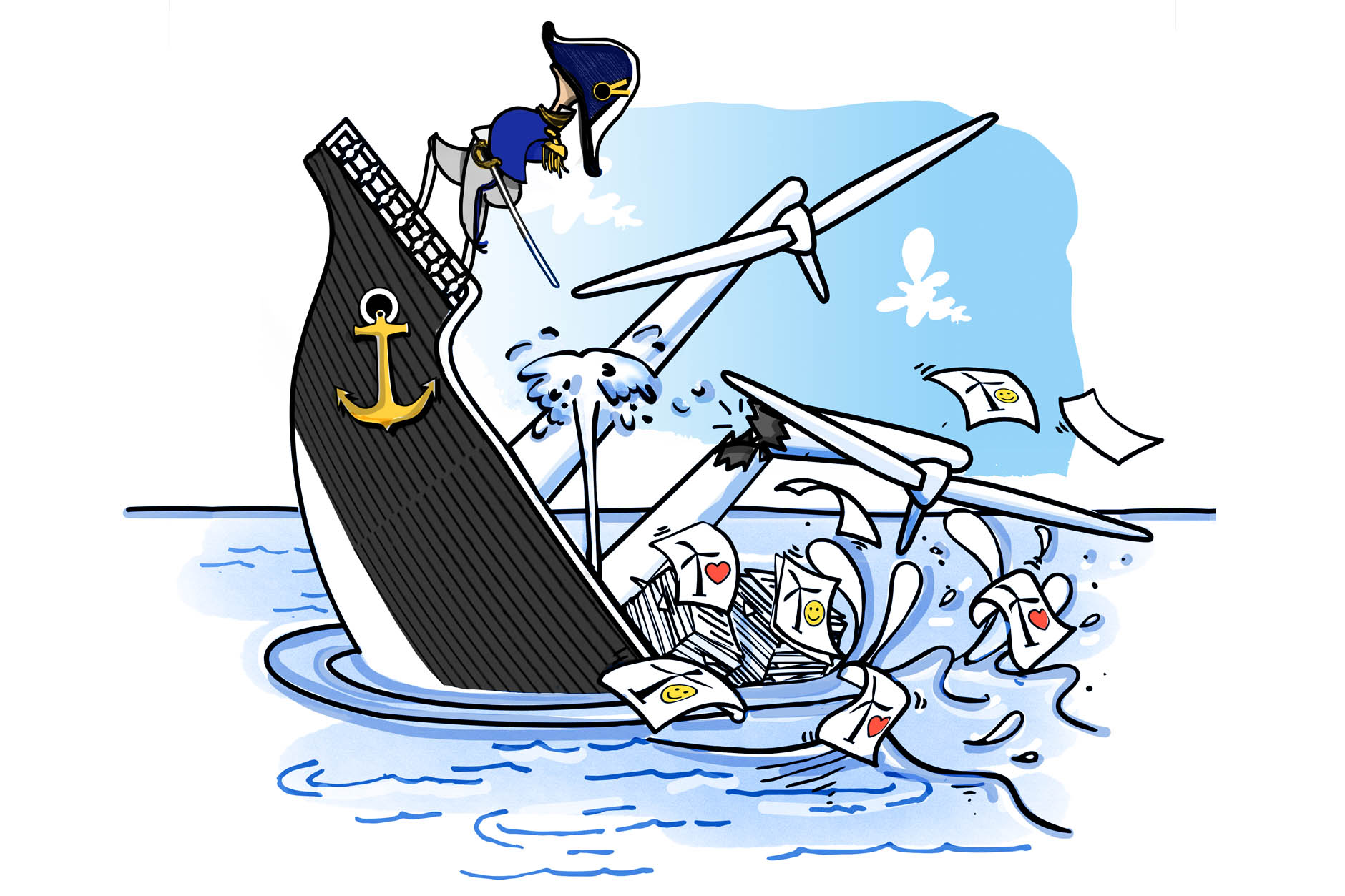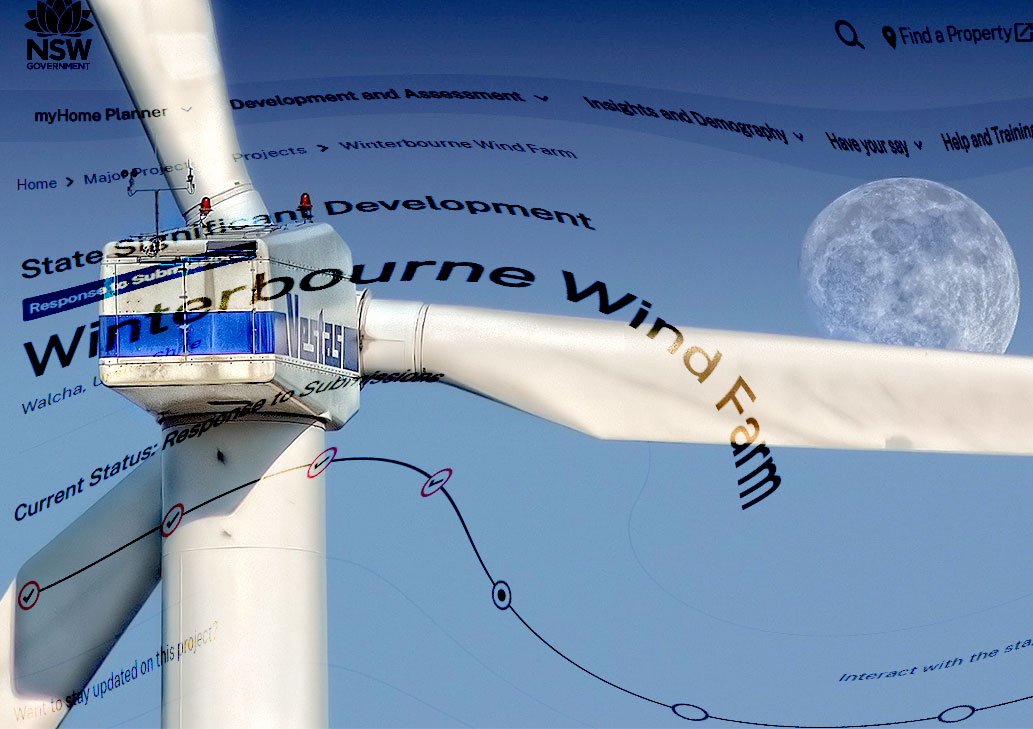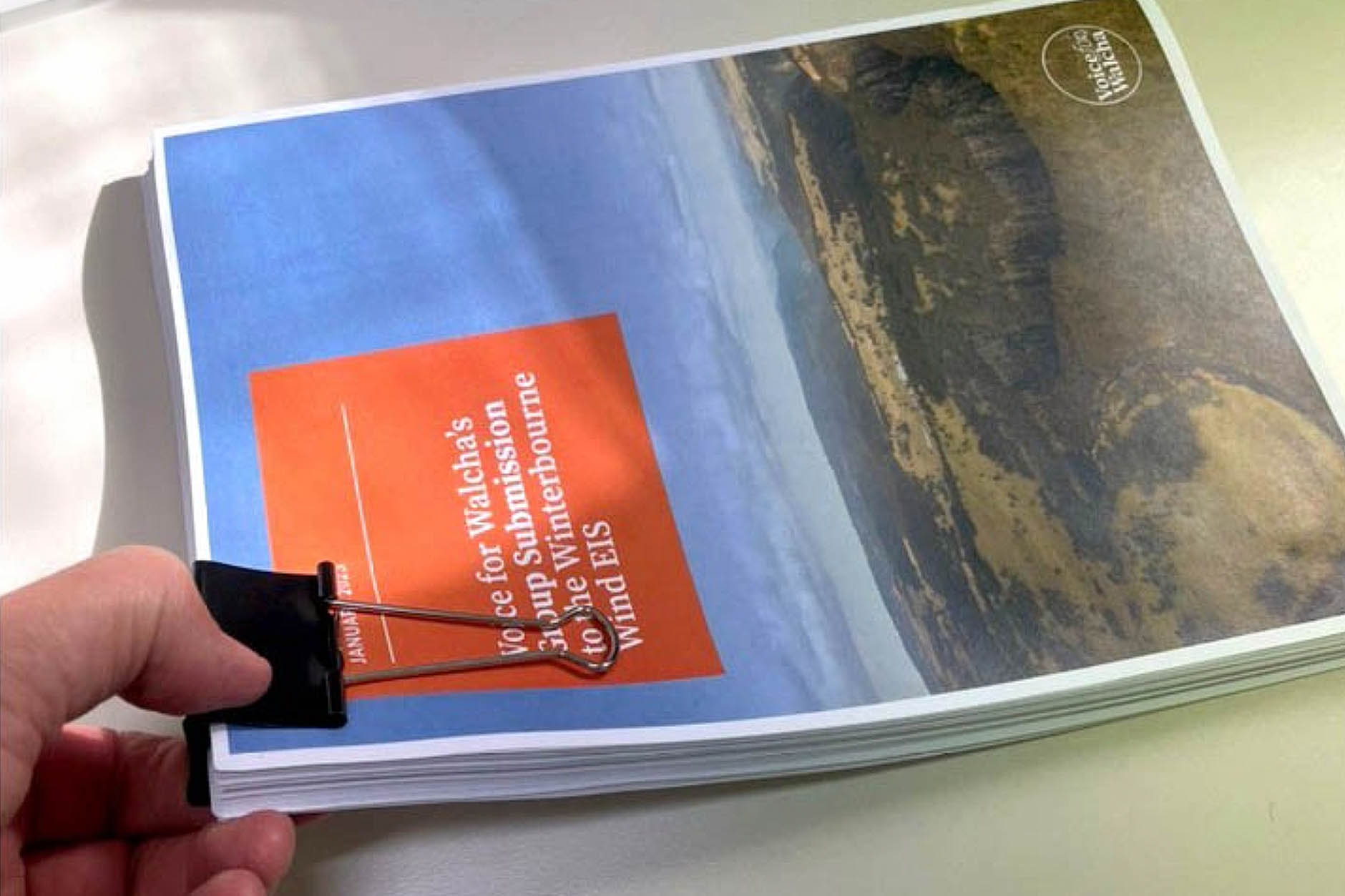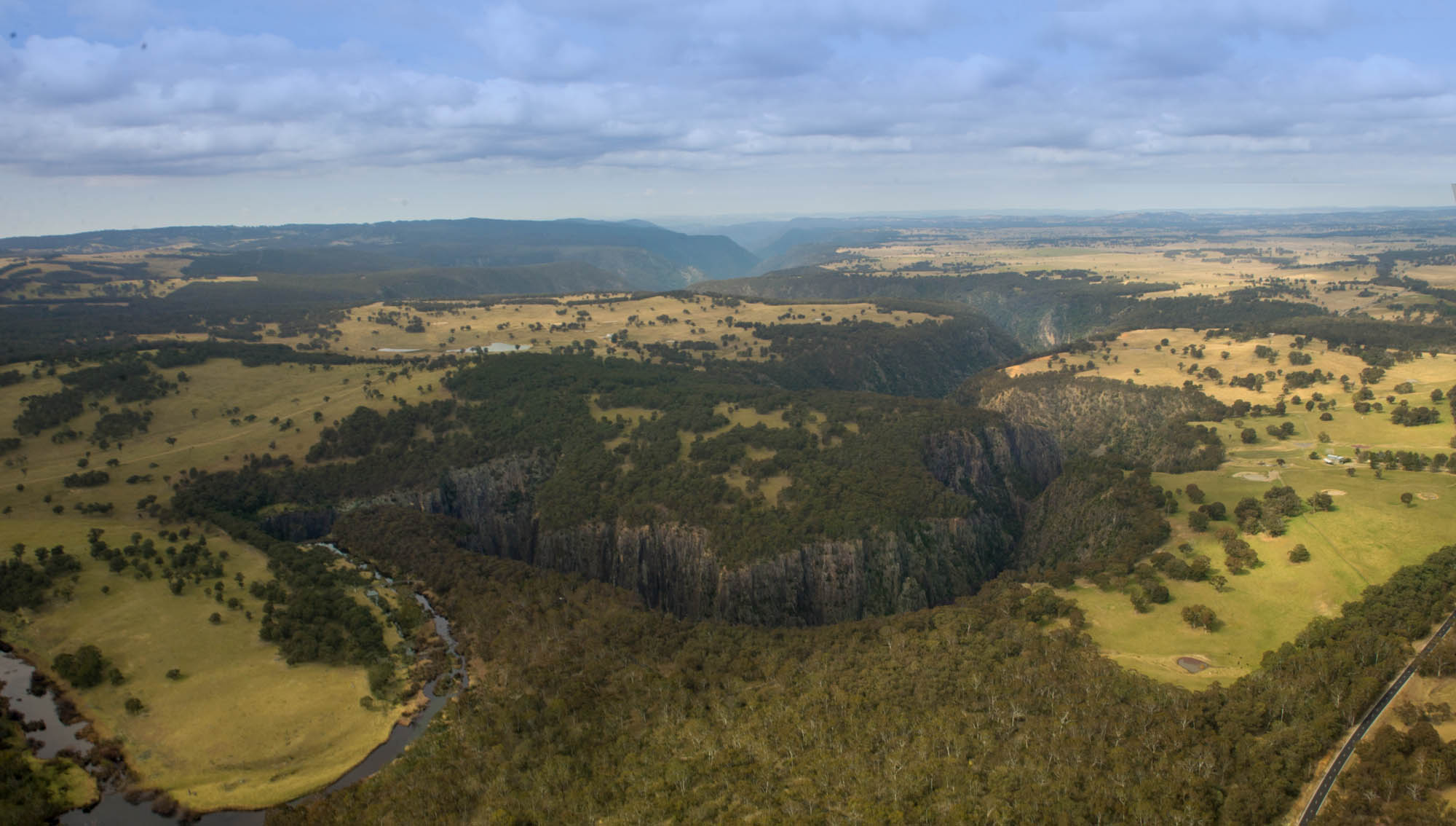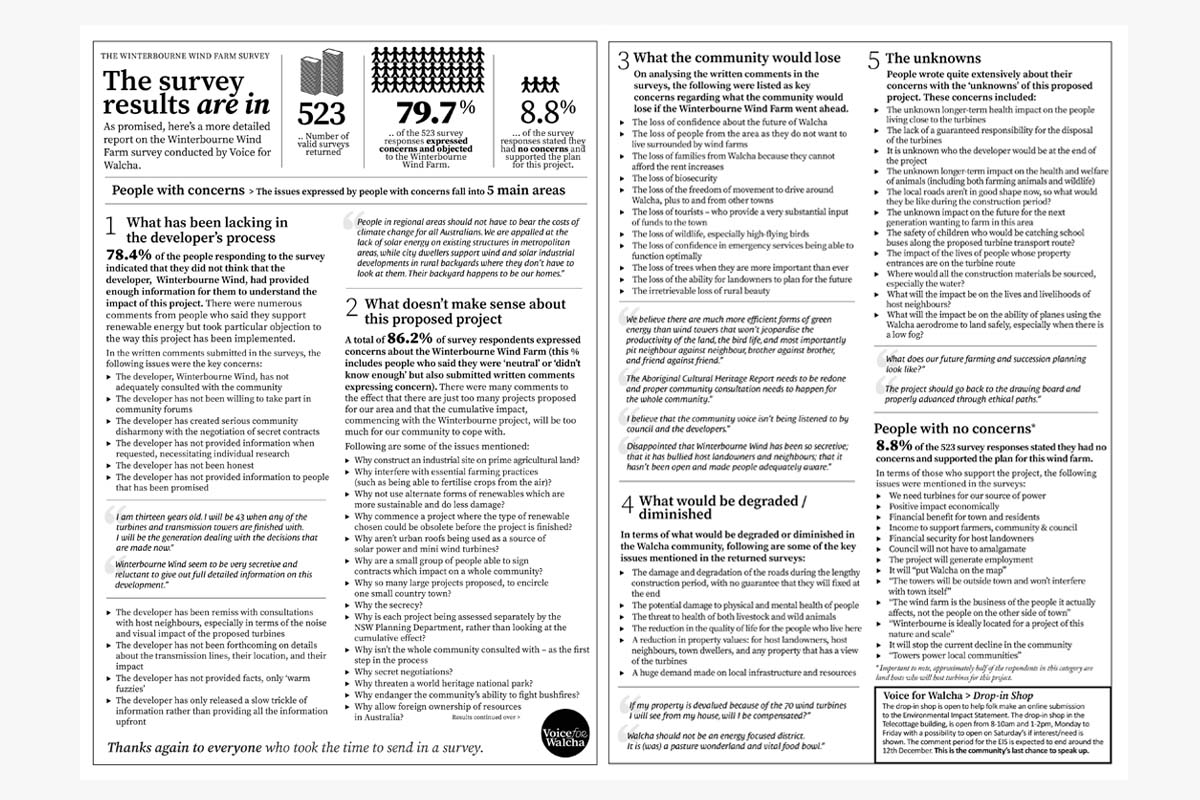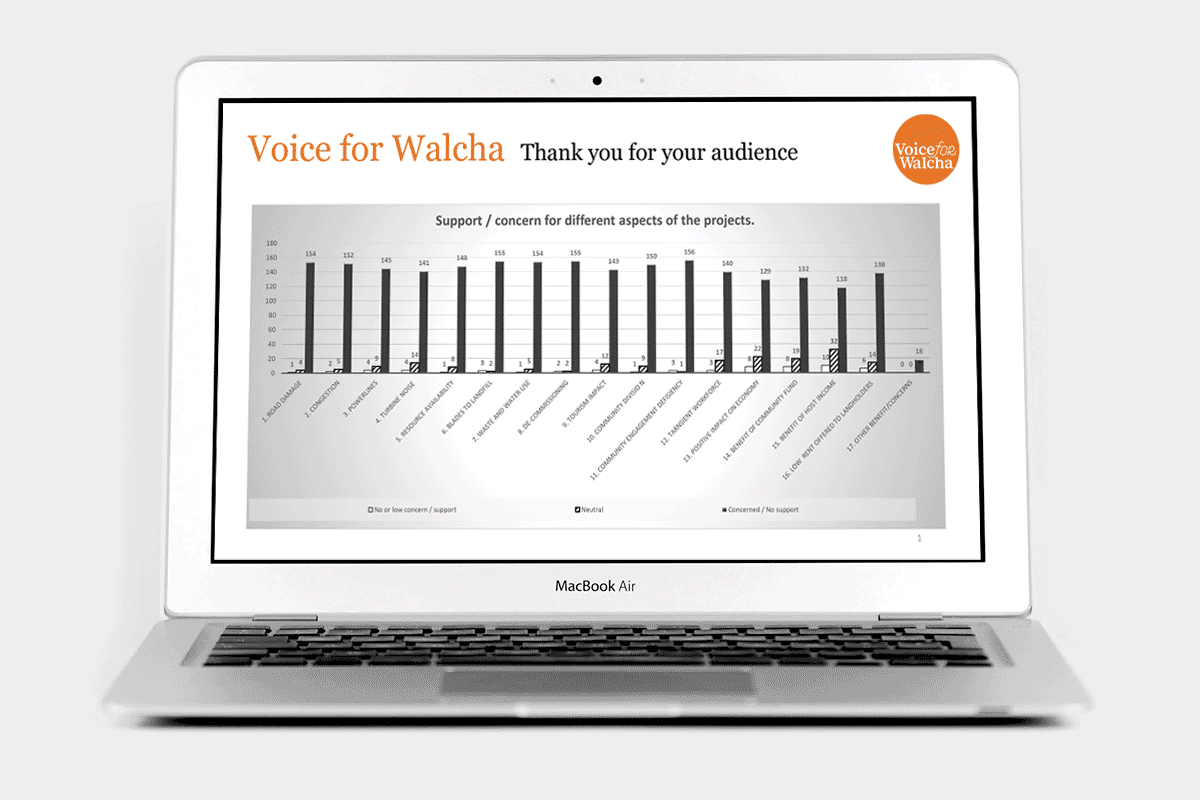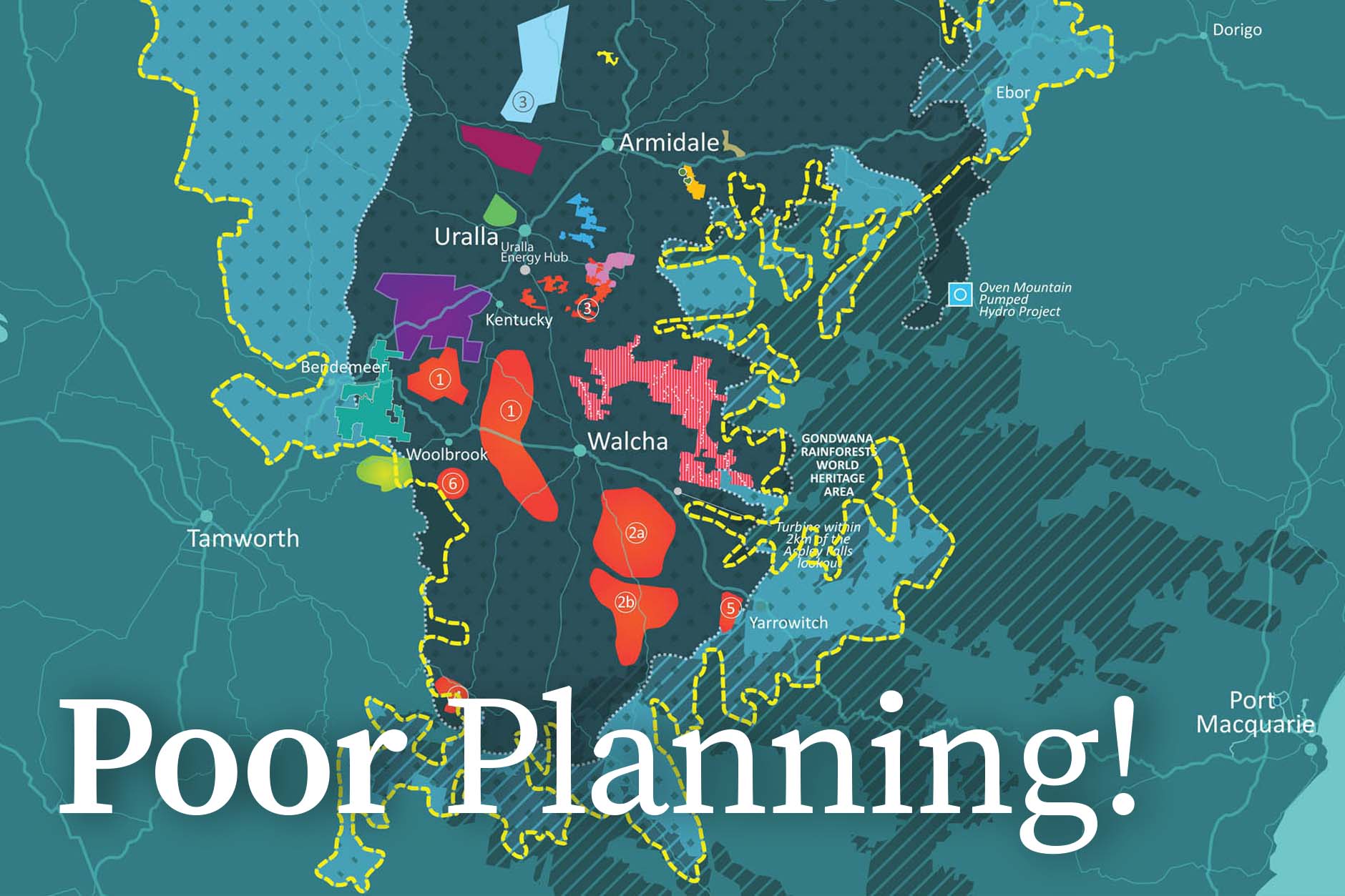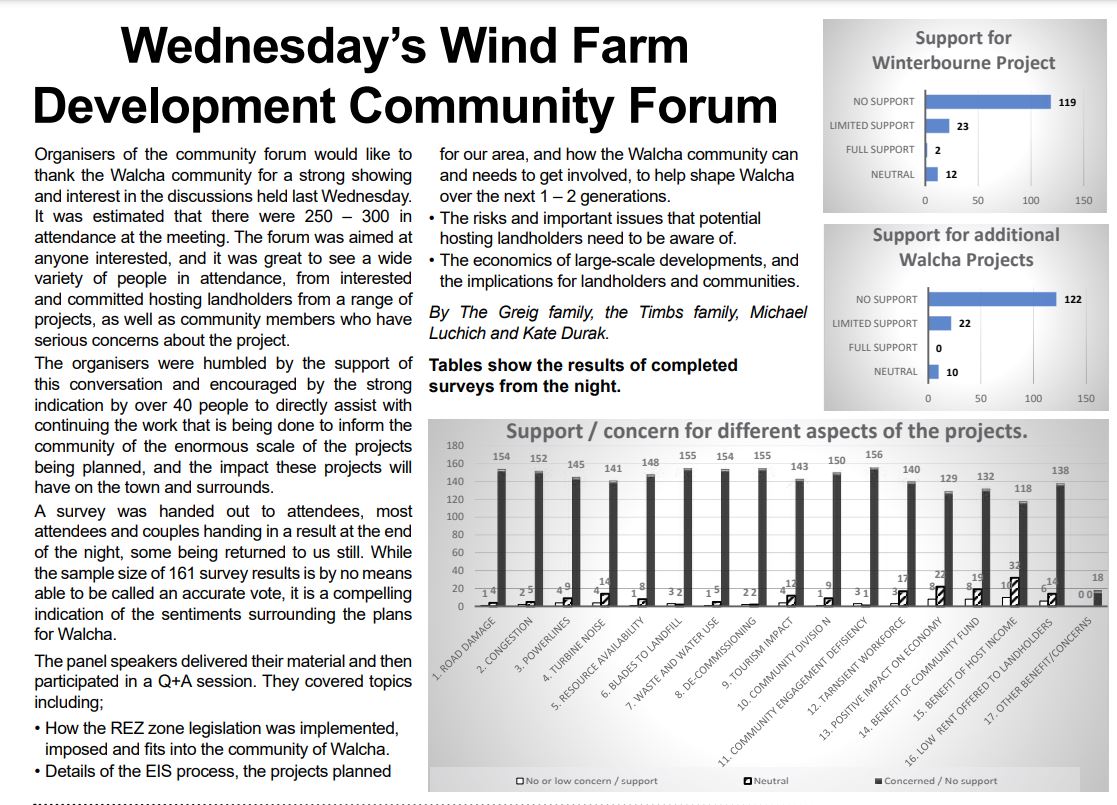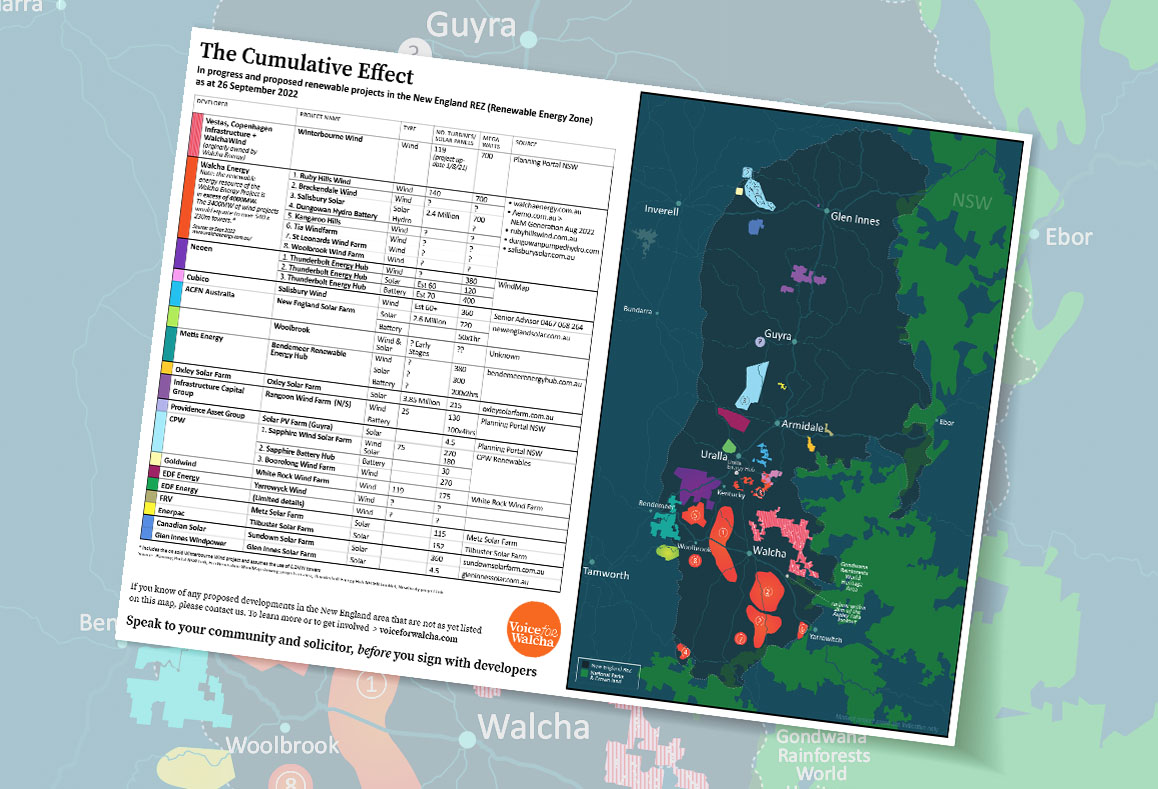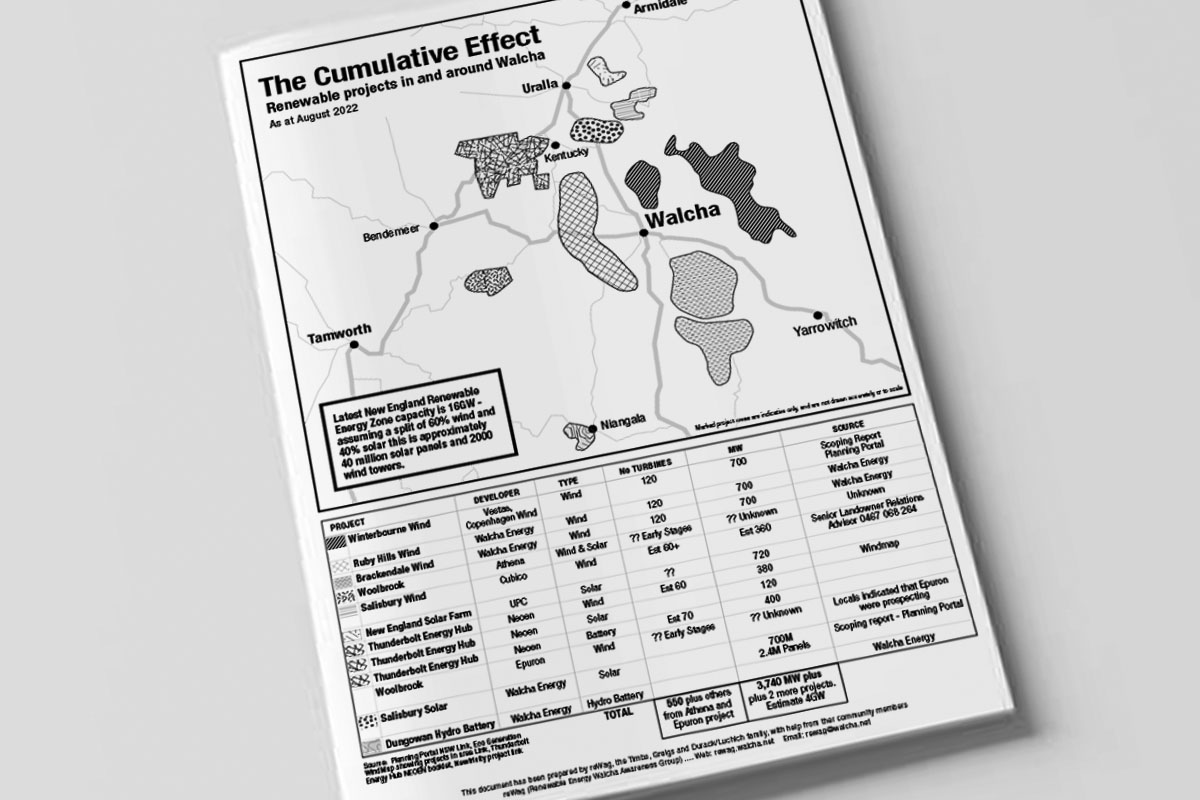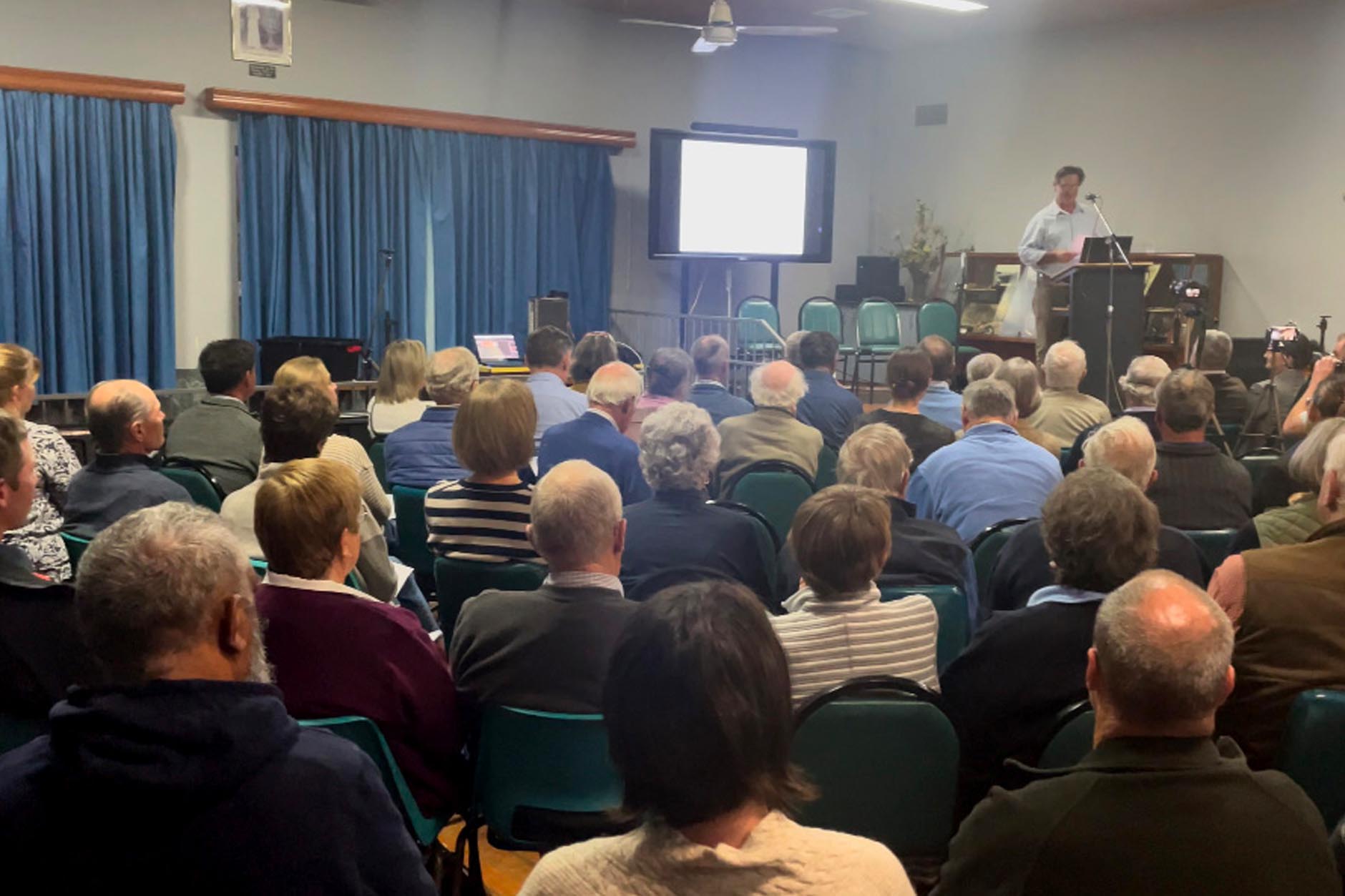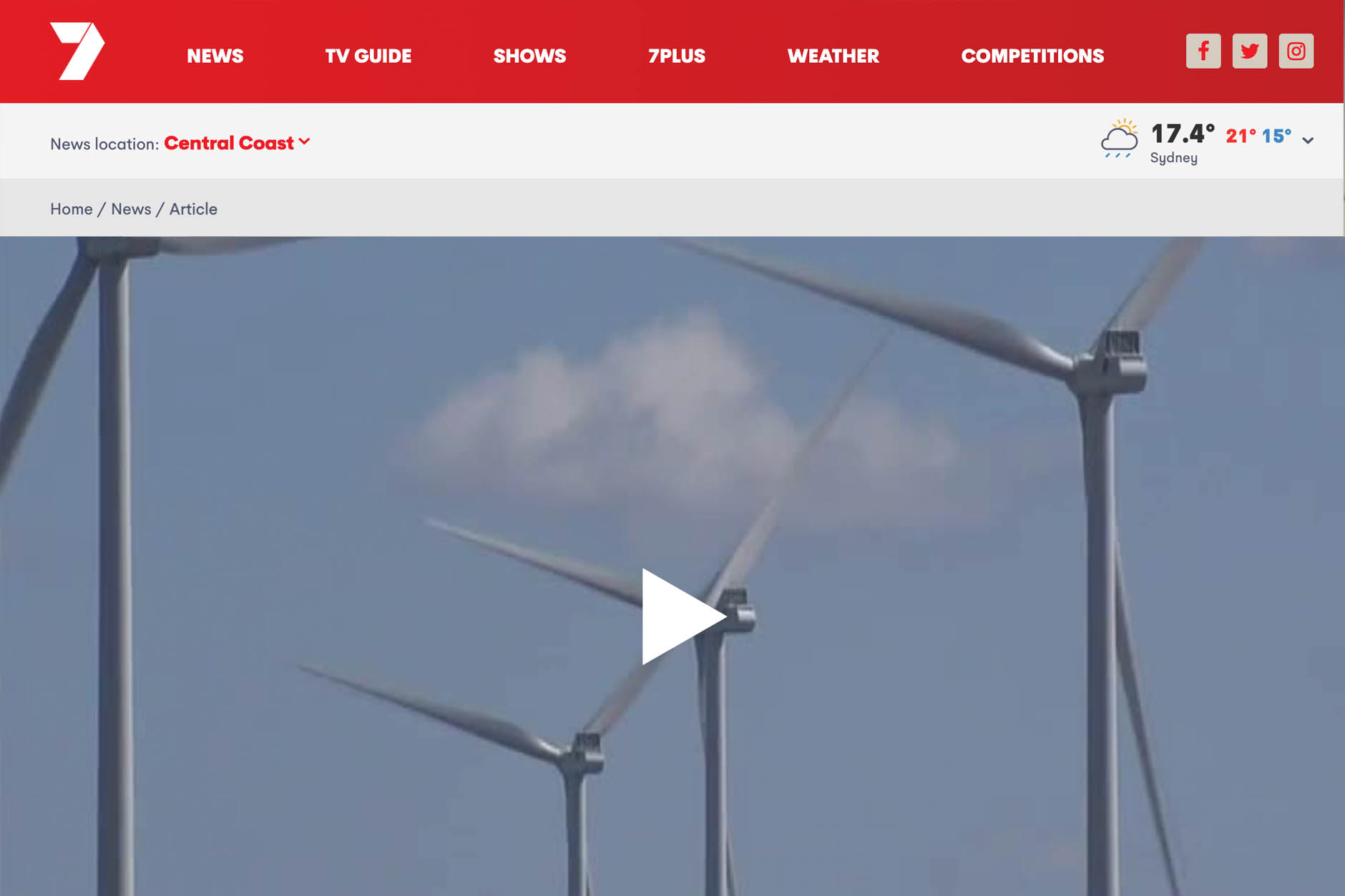Following the release of the Draft Guidelines in late 2023, the Planning Department have (clumsily) hosted a number of community meetings, explaining the content and purpose of these guidelines. One such meeting was at Walcha Vet Supplies on the 30th November, where many of the Walcha community attended gave a strong reception. Thank you to the community for taking the time to attend and asking such a variety of informed and pointed questions. Again, the Walcha community stepped up and gave a clear and united message.
The framework is now on public exhibition until 11:59 pm on 29 January 2024.
Up until this time, we are asking all community members to make a submission.
Listen to an audio guide to making a submission
Audio only
To make a Submission
1. Type your submission and have it ready to upload, or copy to the online form. Remember any submission is of value, it does not have to be perfect.
2. Go to Draft Energy Framework and scroll down to ... (See pic)
3. Fill details and upload or paste your submission, which ever is preferred.
Will YOUR effort make a difference?
We have the opportunity to make submissions in order to have an impact, and we have to take that opportunity. Many might feel that the Planning Department will ignore the message, but we feel that we have to take every opportunity to defend our community and our landscape around Walcha. Our view is that the guidelines in their current form are designed simply to facilitate developers, in the blind rush to roll out renewables at any cost, and not to protect the communities that host these developments. This needs to be highlighted, and the best way to make a change, is to make a submission.
We also need to send the message to the Planning Department that communities like Walcha will not roll over and allow uncontrolled development.
If we want our community protected, we ALL need to make the effort to make a submission.

What are some of the issues that we are concerned about?
Following are some issues that we have identified, that we feel are patently unfair to regional communities.
- Decommissioning
There is no bond to protect landholders or communities. It is a private deal between the host landholder and the developer. The decommissioning responsibility is for above ground infrastructure only. So at best the developer pulls down the tower but leaves the concrete and steel and the cables in the ground scarring the landscape forever.
Why are renewable developments not required to provide a bond for de-commissioning, as other resource developments are?
- The Map
Change as a result from pressure from developers. On the 16th November, the New England REZ was shown clearly as “Less Suitable” on the scale ranging from “Less Suitable” to “Desirable”. This gave confidence to regional communities that restraints and community concerns were being noted.
What followed was a collective tantrum from developers and pro renewable politicians, placing pressure on the Planning Department. After 7 years of finalising and presenting update to the Wind Guidelines, within 2-3 days of this pressure and lobbying, the region was re-rated from “Less Suitable” to “Suitable”
How have we gone from “Less Suitable” to “Suitable” without consultation?
How can the Planning Department claim to be independent?
How can they claim to have maintained their integrity through this developer friendly backflip?
- Where is the clear definition for social licence?
With 79.5% of our surveyed community clearly indicating that they are concerned and objecting to the Winterbourne Wind development, there is a breach of this undertaking from NSW Planning that projects will not proceed without Social License.
What is Social License – as a definition?
- Forced acquisition of your land
The guidelines point to a scenario where a project designed with a significant energy storage system, can be deemed Critical State Significant Infrastructure (CSSI). If this is the case, landholder consent is not required, and forceful acquisition would take place, as per section 5.13 of the EP&A Act.
In areas such as Walcha, that are highly unsuitable areas for wind development due to tightly held land holdings and multiple neighbours to project sites, this gives free reign to an overly ambitious developer, to cause unfettered harm to the community.
Where are the protections for the community in this scenario?
- Winterbourne exemption
These guidelines have been updated as a result of larger turbines being used in projects, and the impacts they have on community and the environment. Winterbourne have snuck through the gate and are not subject to this update – purely by timing. If approved, Winterbourne will be in place for 20 years, and should be subject to updated guidelines.
Why is it that projects like Winterbourne Wind will not be subjected to these upgraded guidelines?
- Project licensing and Developer accreditation
We advocate for project licensing and developer accreditation, to avoid situations like at Walcha where an inexperienced developer is simply accumulating contracts, putting pressure on community, and selling these contracts as soon as they are signed. A promoter of projects at Walcha is not even planning to take these projects to EIS stage and has no care for the success of the project, or the impact on the community.
Why is there not a developer accreditation process in place, to ensure against this behaviour, that is harmful to the community, and harmful to the renewable industry.

Further points, outlining our concern with the Draft Wind Guidelines, in brief
We can assist with more detail if requested.
Click on the heading to expand.
- REZs were drawn up based on unreliable information – Modelled, not measured.
- Wind turbine technology has changed so high winds are no longer as important in project location meaning site selection should be based on strategic land planning rather than wind and solar resources.
- Is transmission infrastructure being built through more difficult and sensitive terrain because of the REZ system? Should renewable projects and hence transmission infrastructure be built in more accessible areas?
- Declaration of REZs with no strategic planning has resulted in unacceptable cumulative impacts to some communities.
- There are inequities between communities inside and outside REZs.
Appropriately sized project in appropriate locations with respected scrupulous developers.
- More detailed scoping reports with heavy scrutiny and community input at this stage.
- Regulation of the Renewable Industry – licensing requirements for developers and consultants involved with renewable projects to prevent unscrupulous behaviour and developer friendly reports from consultants.
- Measurement of social license – independent surveys run to assess community acceptance of a project – say 65% approval by the general public.
- Project licences that have expiry dates. Eg 2 years from SEARs to Response to EIS submission. This is to ensure the developer looks to have proper place and protocols established from the outset.
- Protect biodiversity – important ecological communities and habitat for native animals.
- Prevent risk of contamination, erosion and run-off, introduction of invasive weeds and vermin.
- Biodiversity offsets are not a solution.
This needs to apply to all regional towns as well. Not doing so creates inequity.
Consideration also needs to be given to areas prone to unique atmospheric conditions affecting aerial operations, such as low cloud and fog prone areas on the dividing range. Current comments in the draft ignore these serious risks.
The visual impact of a wind project could be more significant at night and this assessment should be included
As a minimum, setback should be:
- 2.5km for wind turbines up to 3MW with hub height <100m
- 5km for wind turbines up to 5MW with hub height <130m
- 7.5km for wind turbines over 5MW with hub height >130m.
- Setbacks for National Parks should be 10km.
The guidelines need to address the impact of a development on other road-users, businesses, industries and communities – not just the capacity of the roads. Example of this is the Oxley Hwy where the road may have the capacity to carry project traffic but impacts on the Walcha community will be significant.
VPA’s should vary depending on the project and should be informed by the community not just council. Councils have other considerations such as meeting financial and cash-flow obligations which creates a potential conflict of interest.
